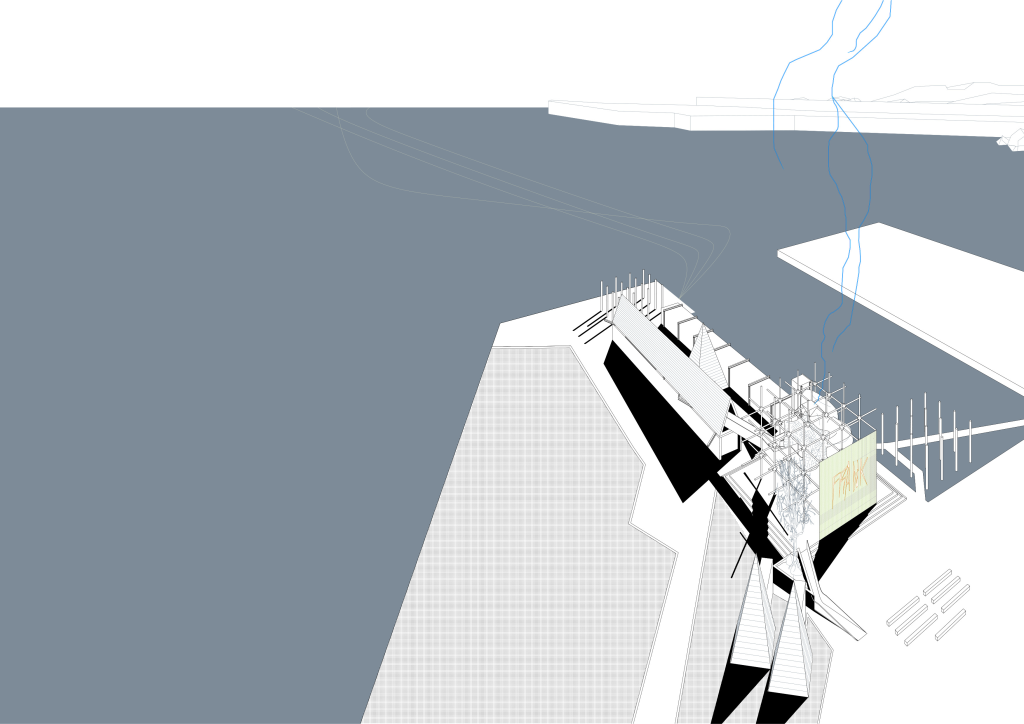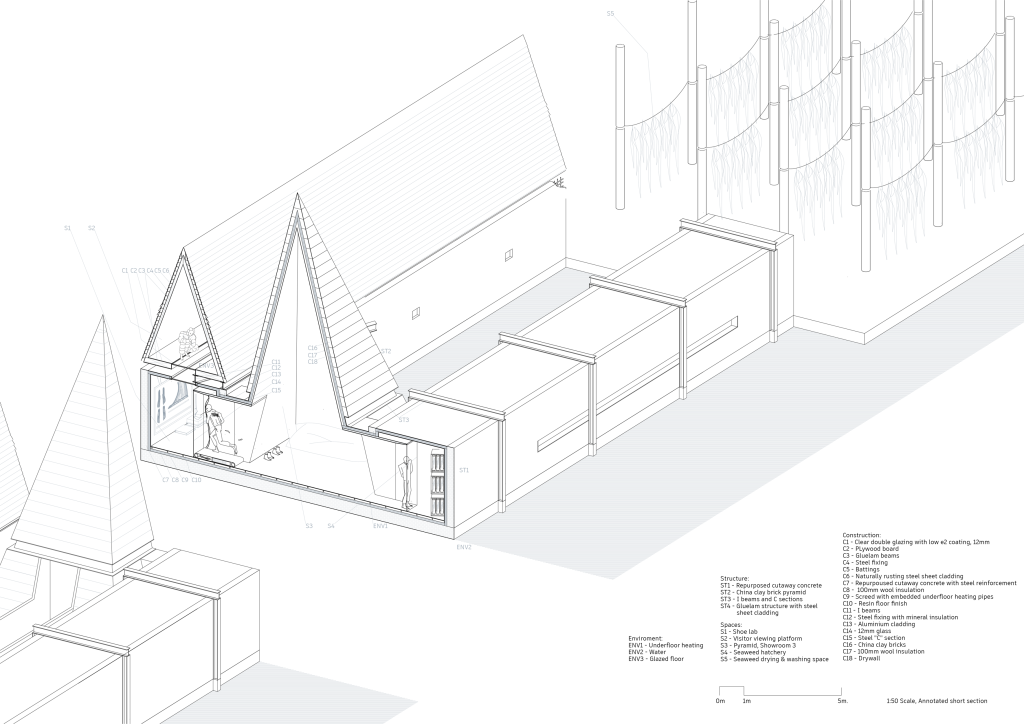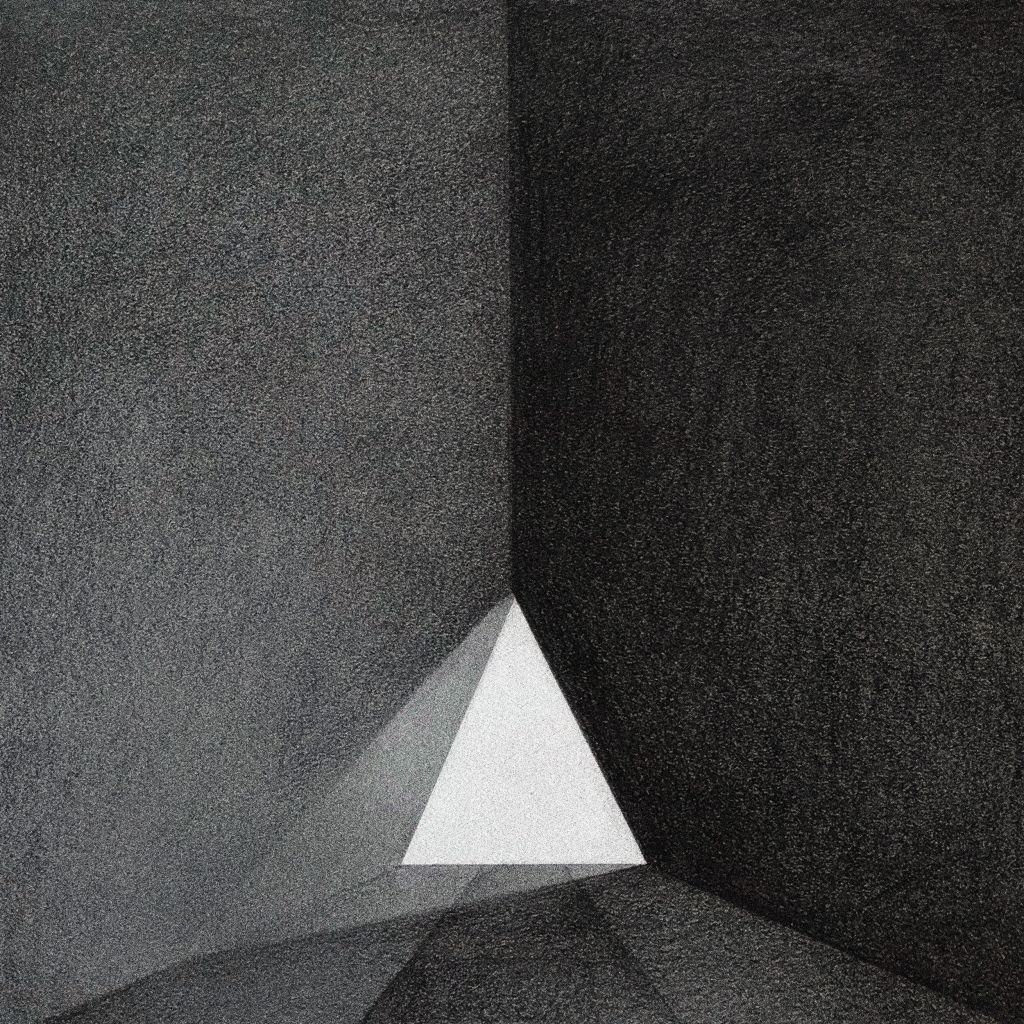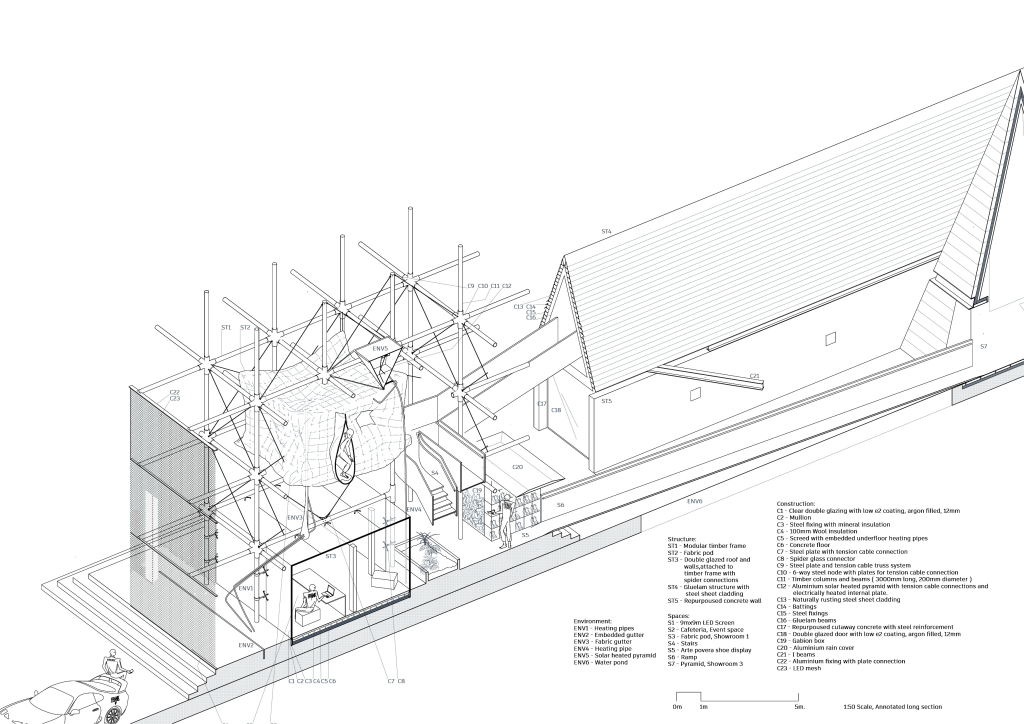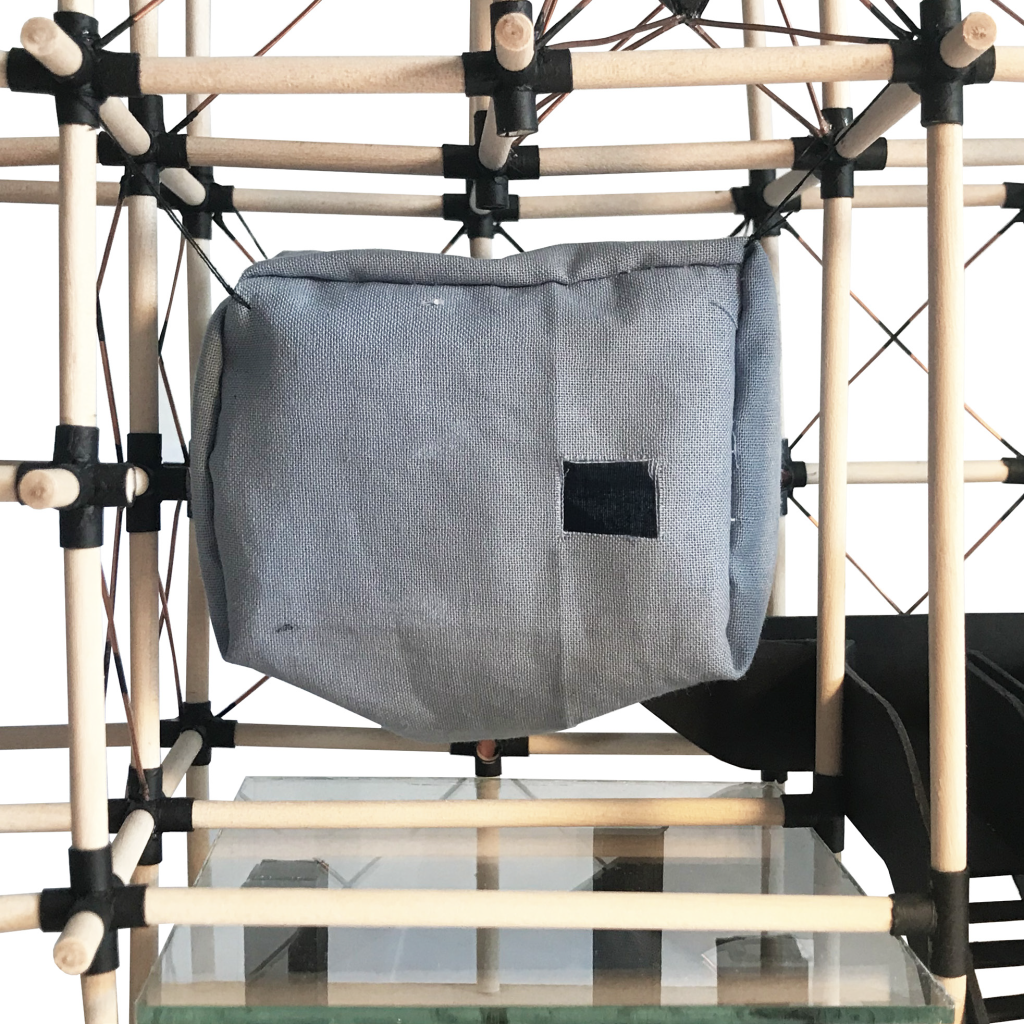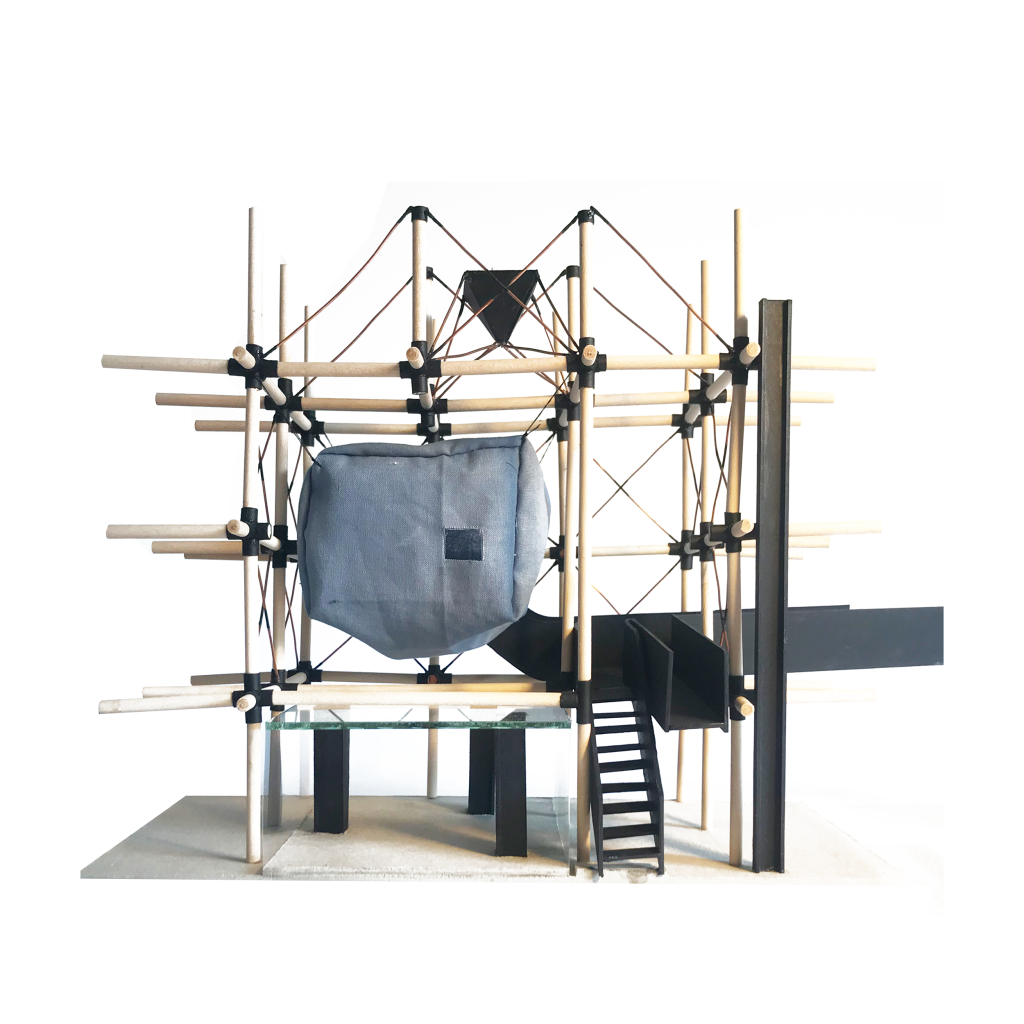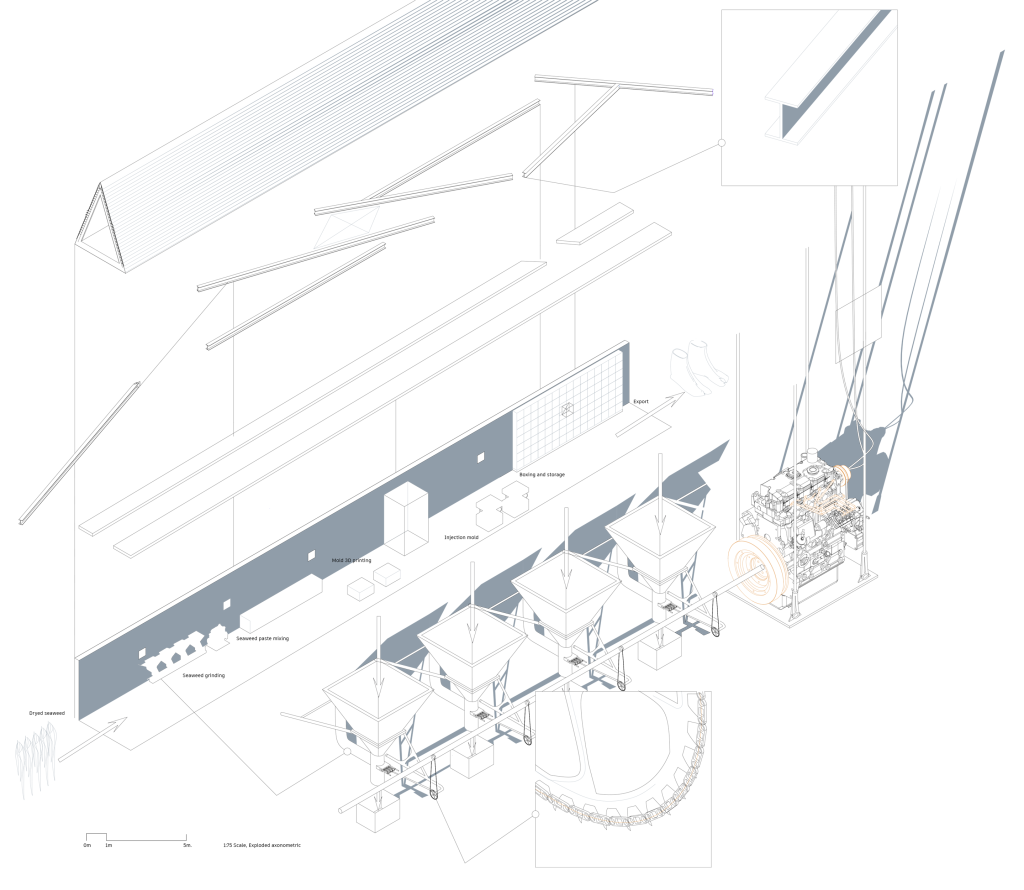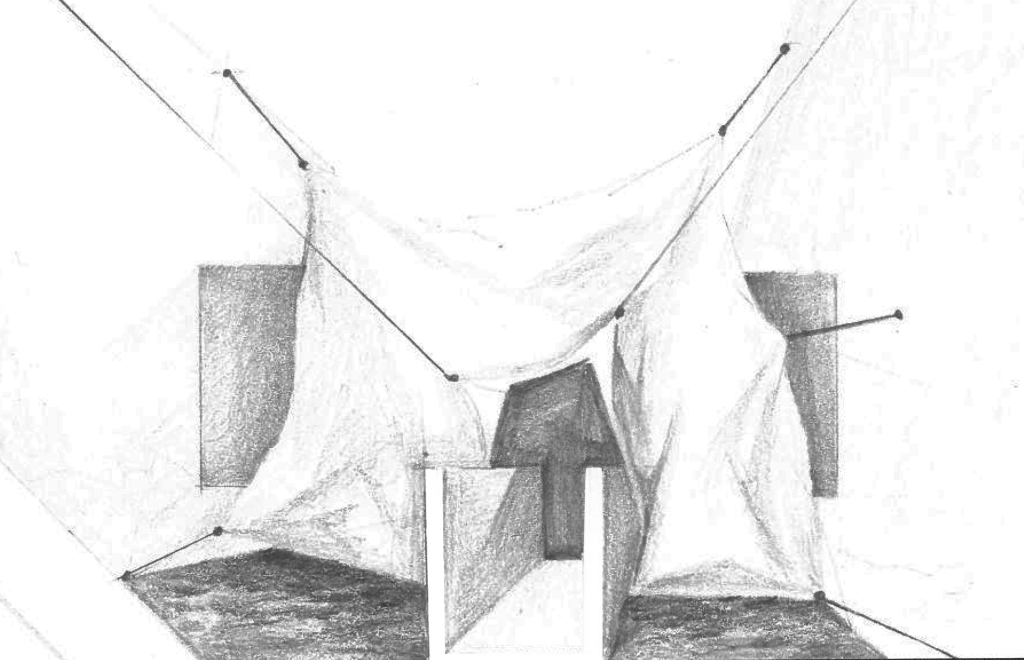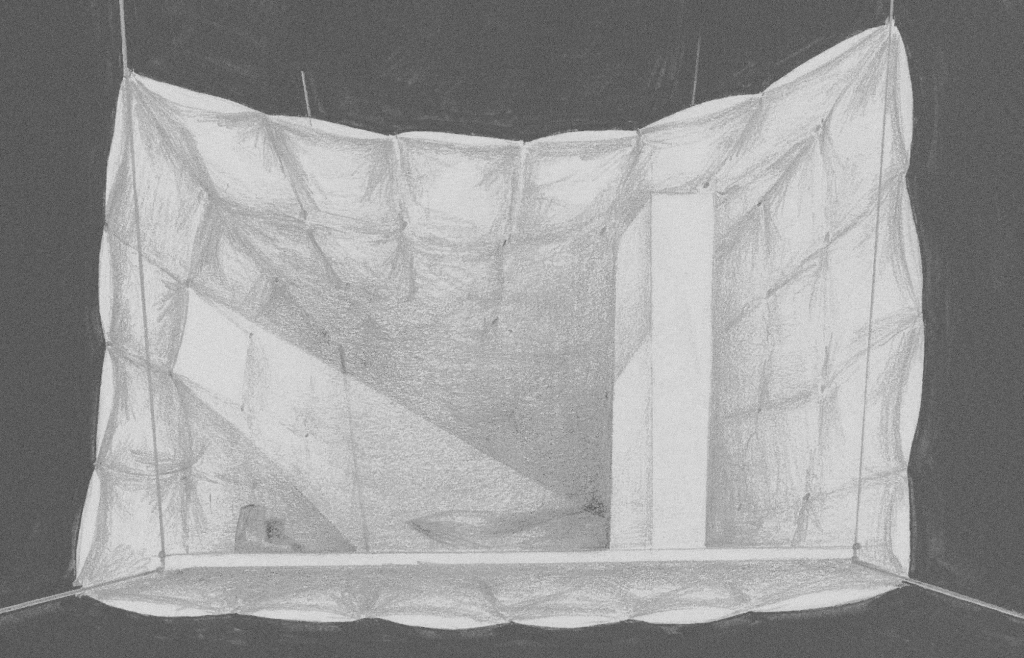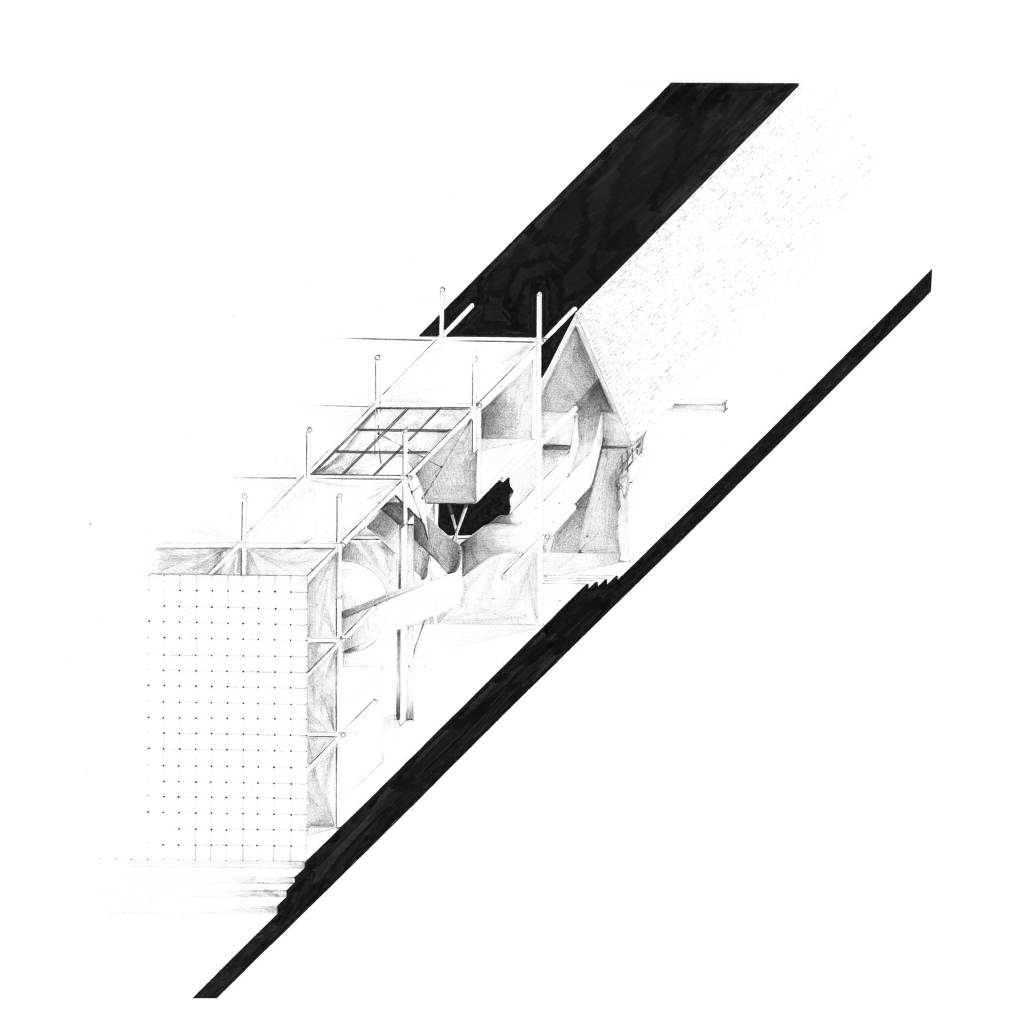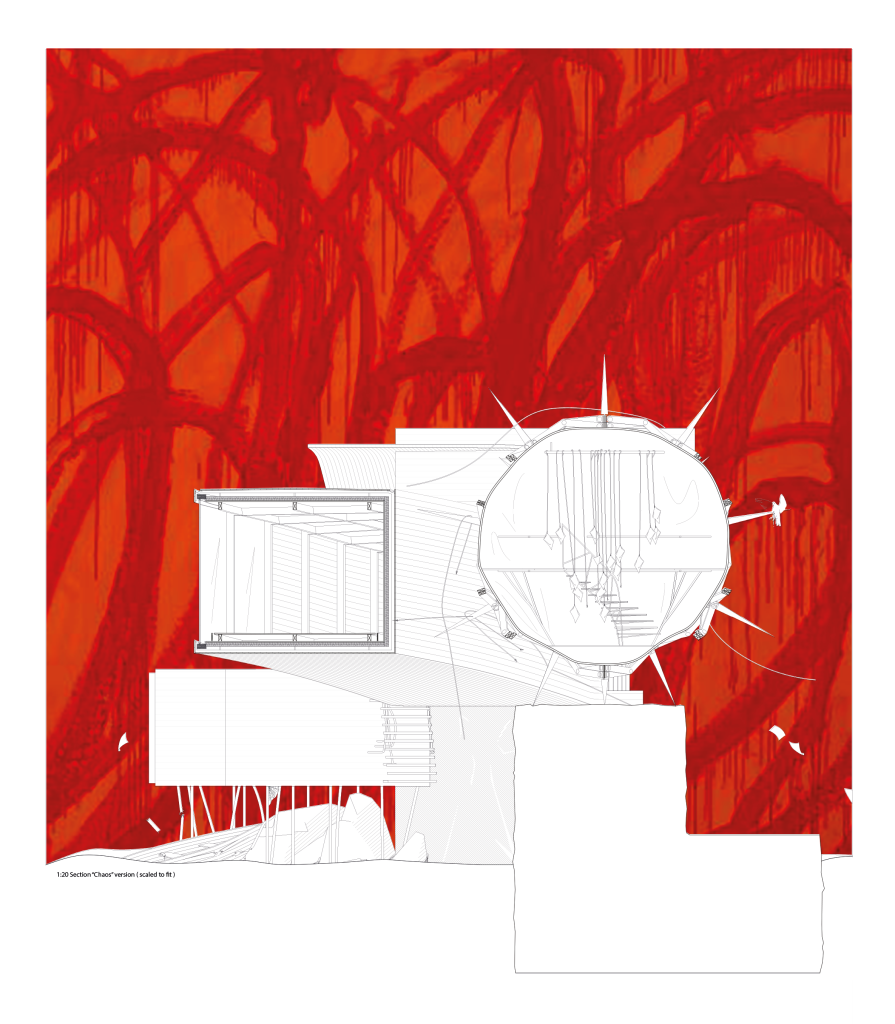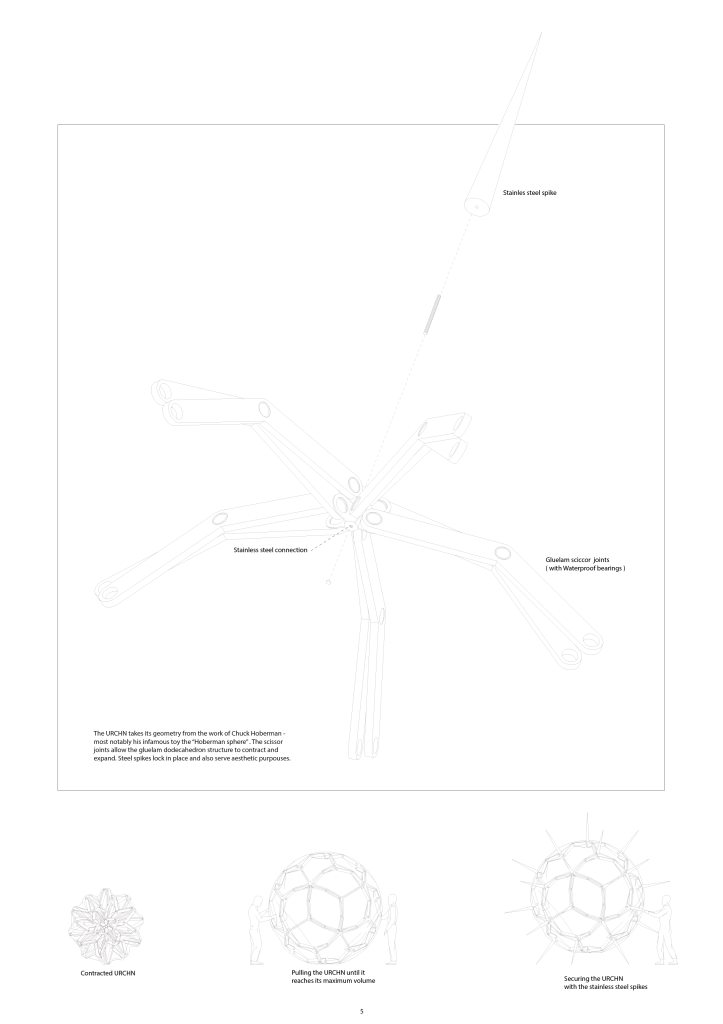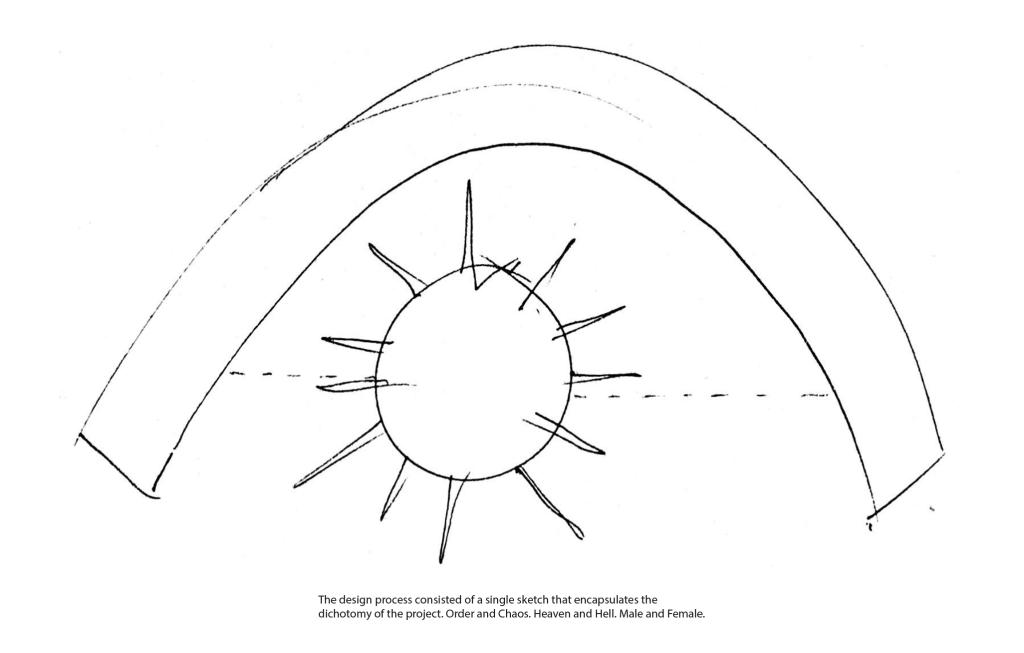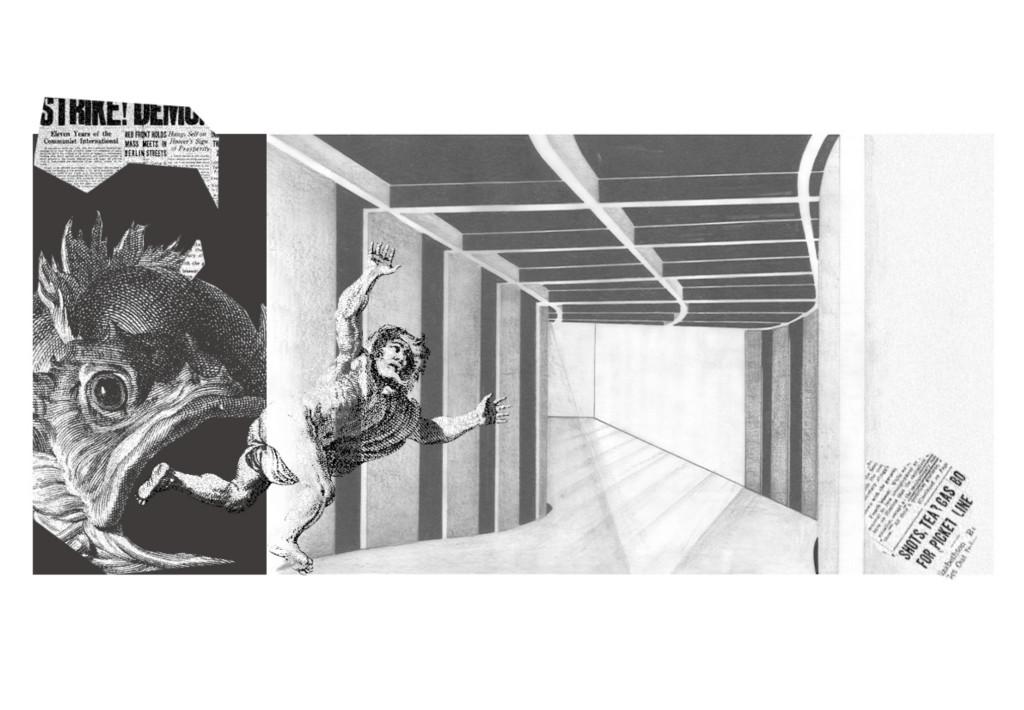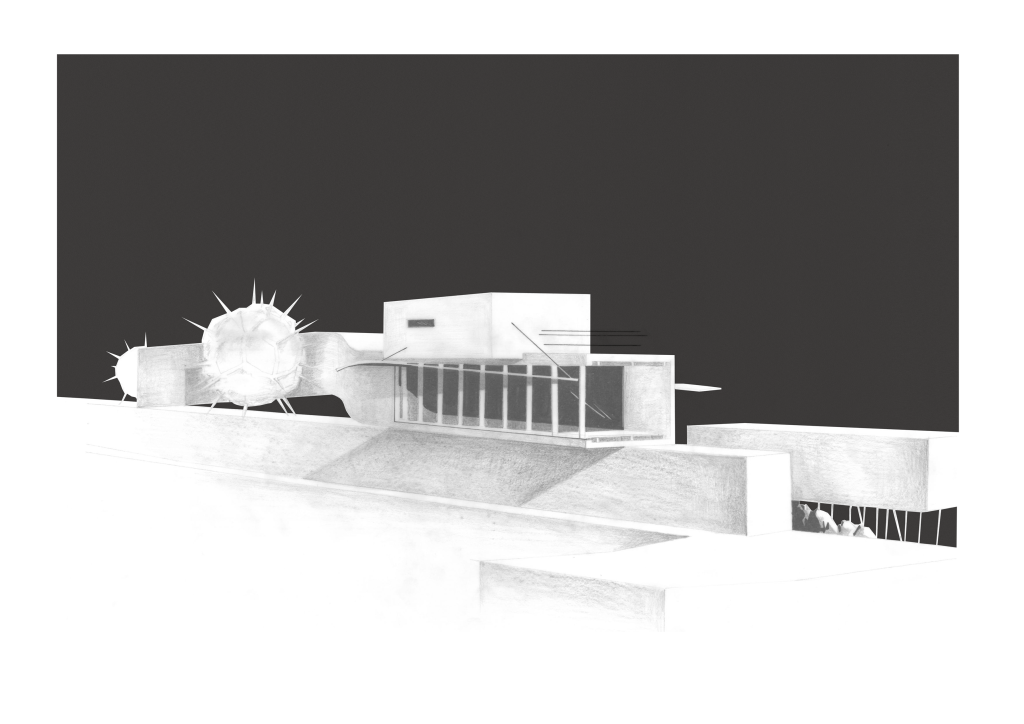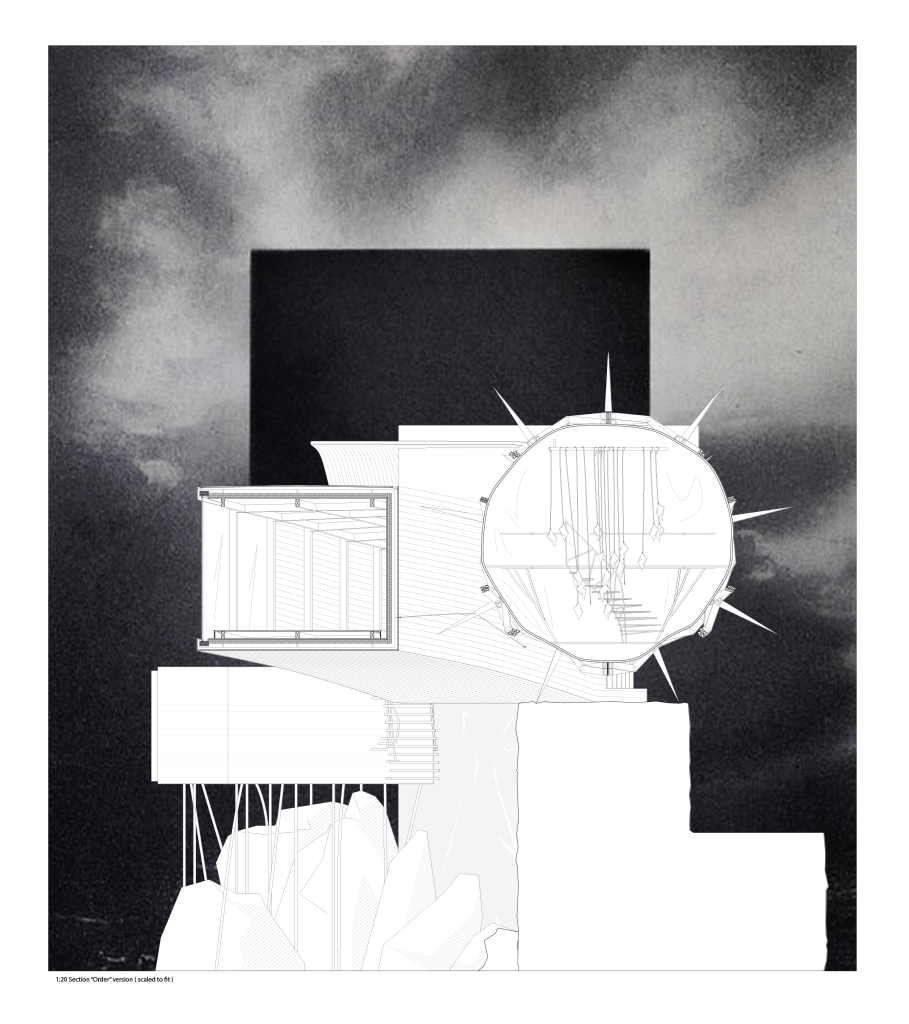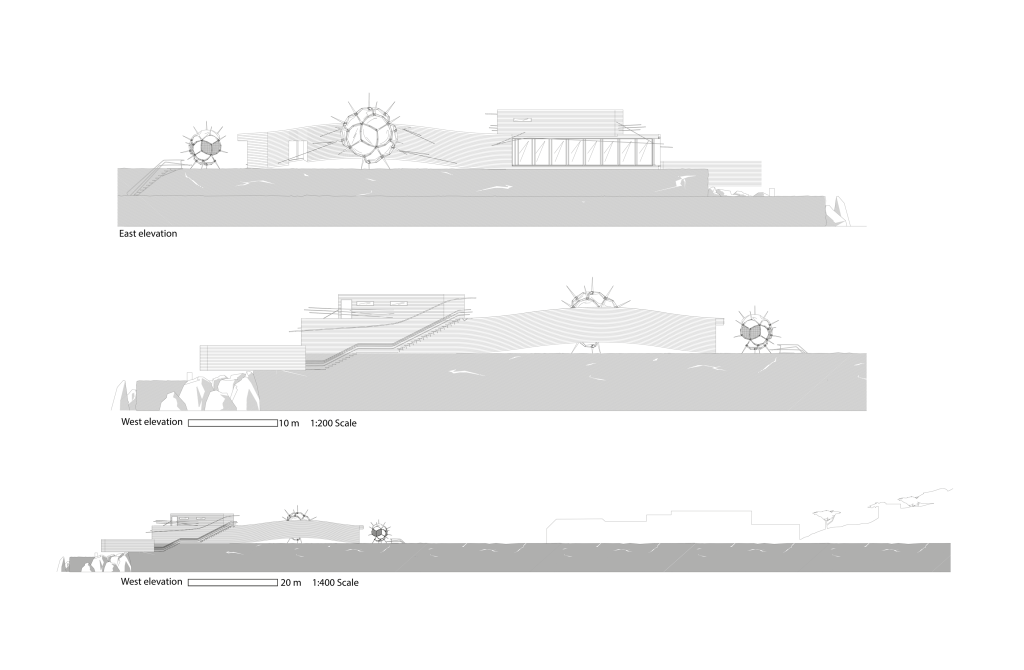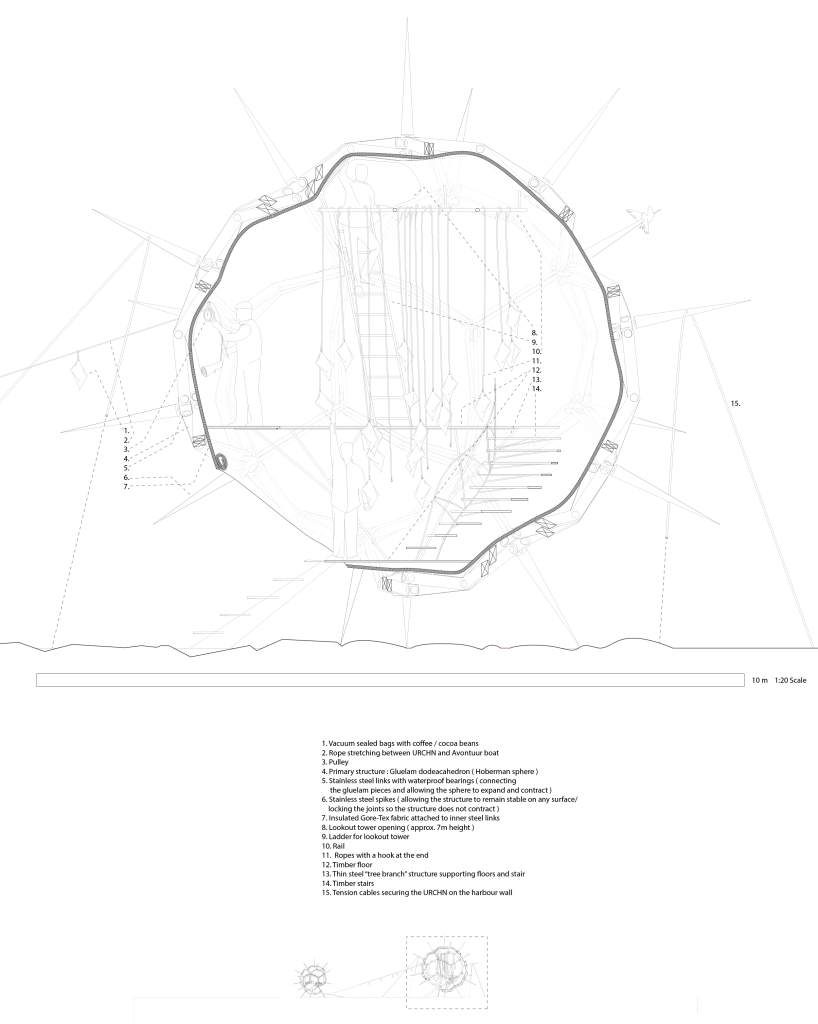Dennis Karolev
Frank
Seaweed is a natural product with incredible properties that is starting to be utilised increasingly in today’s climate; with local offshore farms beginning to sprout up in Cornwall, the Par Horticultural Seaweed Centre is both a processing plant for horticultural seaweed products and a community space for locals and tourists alike. While distributing these amazing products across the country it was also important to ensure that the project also gave back to the community, with spaces for events, a beautiful garden to enjoy and tourist attractions to experience; bringing people together in Cornwall and providing a new route for income in one of the most impoverished counties in England. Each “wing” of the dock represents the two areas of both ‘production’ and ‘community,’ combining in their use and processing of seaweed.
As seaweed is becoming more popular in the West, it is yet to be defined what place will seaweed-based products take in the contemporary markets. Seaweed’s uncertain future requires this project – the first seaweed hub in the UK, to be “future- proof”, able to adapt to multiple possible scenarios.
This project is informed by the postmodern theory that divides buildings of such scale and socio-cultural importance into three typologies: The Shed, The Shrine and The Shopping mall. This is defined in contemporary terms; the climate emergency, technological advances and incredibly short building lifespans. Today a building can exist without physically existing – digital renders, models, photographs of buildings and drawings circulate the internet
and can reach thousands of people around the world within seconds. Multiple projects from the 80s, have acquired a legendary status within the field of architecture without being built. Such buildings are “Icons” – an idea or image, rather than a physical object. I believe that today, more than ever, it is the architect’s duty to project a vision for buildings, that transcends their function and can adapt and be repurposed on a component level. My project aims to be a Frankenstein monster, composed of shed, shrine, shopping mall, icon and ruin elements.
Website: https://issuu.com/denniskarolev/docs/_frank_by_dennis_karolev
Linkedin: https://www.linkedin.com/in/dennis-karolev-8047a81b9/
Email: dennis.karolev2@gmail.com
Introduced in the heart of Reading Town, Hogmanay, the Scottish celebration of New Years, brings a large infusion of culture and festivity to the local area. Cock-a-Leekie soup, being an integral cuisine of the Scottish, accompanies the festivities. The influx of Hogmanay culture, introduced by the arrival of the Soup Facility, will indulge Reading in a host of traditions that seek to bring people together to celebrate the New Year and the fresh start that follows midnight. On New Year’s Eve in Reading, the public are invited to join in the activities, including; farming the ingredients for the soup, trying the soup, setting Juniper branches alight at midnight, Ceilidh dancing, drinking homemade Gin, and the chance to watch as the chefs produce the soup from raw ingredients on site.
Cock a Leekie , Scotland, Timber, Homemade, Feathers, New years


